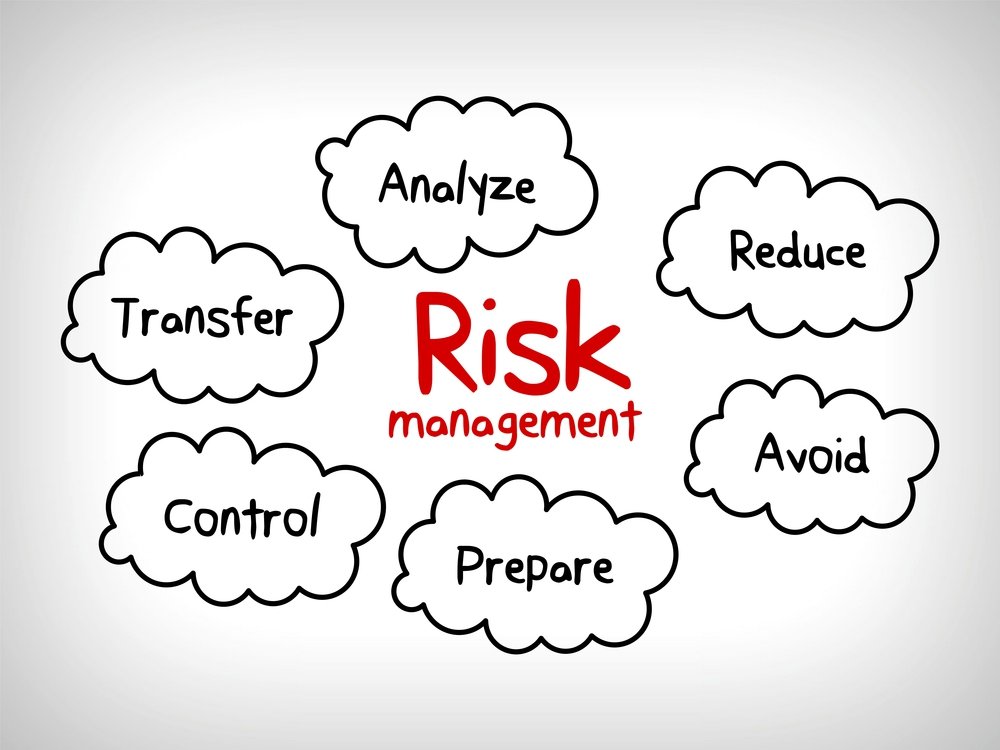The Relevance of Recognizing the Relevance of Risk Management in Numerous Industries

The Core Idea of Risk Management and Its Function
Risk Management, the cornerstone of lots of industries, pivots on the identification, assessment, and reduction of uncertainties in a business setting. By correctly recognizing prospective risks, organizations can create methods to either prevent these threats from occurring or minimize their influence. Once dangers have been determined and reviewed, the mitigation procedure entails developing approaches to minimize their prospective effect.
Advantages of Applying Risk Management in Business Procedures

Unveiling the Duty of Risk Management in Different Industries
While every market confronts its special collection of dangers, the execution of Risk Management techniques continues to be a typical denominator in their search of sustainability and growth. In the health care field, Risk Management involves making sure client safety and security and data defense, while in finance, it includes mitigating investment dangers and guaranteeing governing conformity (importance of risk management). Building firms focus on employee safety and security, task hold-ups, and spending plan overruns. In the innovation market, companies alleviate cybersecurity hazards and innovation obsolescence. Inevitably, the role of Risk Management throughout industries is to identify, evaluate, and reduce risks. It is a vital part of critical preparation, enabling organizations to shield their properties, make best use of opportunities, and achieve their objectives.
Real-life Instance Research Studies Showing Effective Risk Management
To recognize the relevance of Risk Management in these many fields, one can look to several real-life circumstances that highlight the effective application of these procedures. In the power market, British Oil established Risk mitigation intends post the 2010 Gulf of Mexico oil spill. They applied far better safety treatments and more stringent policies which substantially lowered additional mishaps. In finance, Goldman Sachs successfully navigated the 2008 financial situation by recognizing potential mortgage-backed safeties risks early. Last but not least, Toyota, post the 2011 quake in Japan, changed its supply chain Management to reduce disturbance dangers. These instances show exactly how markets, gaining from dilemmas, efficiently applied Risk Management strategies to decrease future threats.
Future Fads and Growths in Risk Management Techniques
As the world remains to evolve, so also do the trends and developments in Risk Management techniques. Fast innovations in technology and data analytics are reshaping the Risk landscape. Huge data and AI are now instrumental in anticipating and mitigating dangers. Organizations are leveraging these devices to build anticipating versions see it here and make data-driven decisions. Cybersecurity, as soon as an outer issue, has catapulted to the center of Risk Management, with methods concentrating on detection, avoidance, and response. The combination of ESG (Environmental, Social, Governance) elements into Risk Management is an additional expanding pattern, mirroring the increasing Read Full Report acknowledgment of the function that social and environmental threats play in service sustainability. Thus, the future of Risk Management lies in the combination of sophisticated innovation, ingenious methods, and an all natural method.
Final thought
In conclusion, understanding the relevance of Risk Management across a spectrum of industries is important for their long life and prosperity. Inevitably, successful Risk Management adds to much more durable and sustainable businesses, highlighting the relevance of this method in today's vibrant and highly competitive business atmosphere.
While every sector challenges its one-of-a-kind collection of threats, the application of Risk Management techniques stays an usual in their search of sustainability and growth. In the health care sector, Risk Management entails ensuring person safety and information security, while in money, it includes mitigating investment threats and ensuring governing conformity. Ultimately, the duty of Risk Management throughout sectors is to recognize, analyze, and minimize dangers. These instances show how sectors, learning from dilemmas, successfully used Risk Management strategies to minimize future threats.

Comments on “The Crucial Importance of Risk Management in Protecting Business Assets”